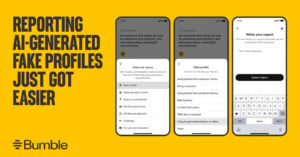
Bumble Don’t Want Users Being “Catfished” By AI-Generated Images
Bumble has introduced a new feature that allows users to report when someone is using AI-generated images or video.

Bumble has introduced a new feature that allows users to report when someone is using AI-generated images or video.

Last month, YouTube quietly updated its privacy policy to allow people to request the removal of AI-generated deepfake versions of themselves.

Researchers have developed an AI algorithm that can spot a deepfake video with 98% accuracy.
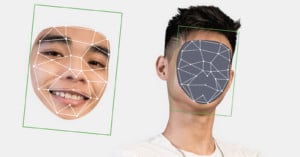
A court in Beijing, China has fined an AI face-swap app for infringement after two models sued the platform over its unauthorized use of their photos.
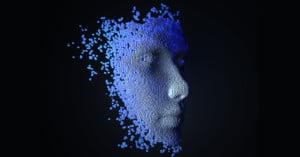
A new bill in Congress is aiming to make social media platforms accountable for any AI-generated deepfake porn images displayed on their site.
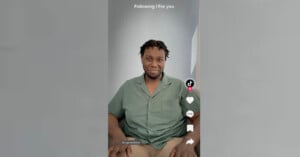
TikTok may soon have ads featuring AI-generated versions of popular creators and stock actors to add a “human touch.”
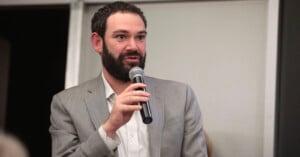
An Arizona state representative turned to ChatGPT to help him write part of a law regulating deepfakes in elections.

Social media users fell for AI-generated photos that appeared to show celebrities attending the Met Gala 2024.

Following a 404 Media investigation into apps that advertised that they could generate non-consensual nude images, Apple has begun removing AI image-generation apps from its App Store.
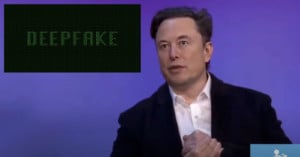
A woman was scammed of $50,000 by a deepfake Elon Musk who sent her AI-generated photos and told her he loved her over a deepfake video call.
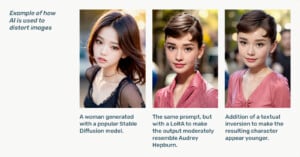
Several major players in the artificial intelligence field pledged to protect children online, marking another chapter in the progression of AI safety.

The creation of sexually explicit deepfake images is to be made a criminal offense in the U.K. -- with anyone sharing these images facing the possibility of jail time.

Meta's semi-independent policy body The Oversight Board will investigate two instances of sexual AI images of women being shared on Facebook and Instagram.

Meta will add a "Made with AI” label to images and videos detected to be AI-generated across Facebook, Instagram, and Threads starting next month.

The State of Washington's Lottery has shut down an AI-powered web app after a 50-year-old woman reported that the site generated a topless photo of her.

This 3D-printed prototype camera uses artificial intelligence to undress a person it takes a photo of.
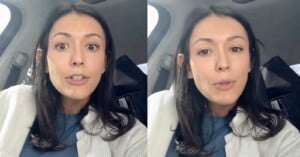
Social media users can't figure out whether the highly realistic woman in a video ad is real or AI-generated. The answer is she's both.

The Prime Minister of Italy Giorgia Meloni is set to testify in court in a civil case she has brought against two men she alleges made a deepfake pornographic video of her.

A grieving father replicated his dead daughter with AI technology so that he and his wife could keep her "alive" in the "digital world."

A study by the University of Waterloo found that 40 percent of people surveyed couldn't distinguish between an AI-generated face and a real face.

The photographer who shot Princess of Wales Kate Middleton this week has been forced to deny the image was doctored after speculation that the picture had been Photoshopped.
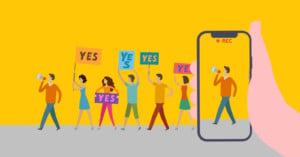
Italy-based WuvDay aims to fight against fake news and deepfake content by utilizing the smartphones average people hold in their hands through an onboard verification platform.
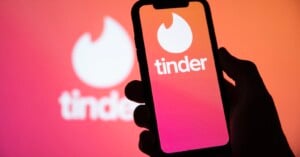
Tinder users will soon have to take a video selfie to get verified on the dating app -- amid the rise of AI images.

A police report has revealed how a deepfake nude scandal took over a high school in the U.S. last year.

In the last few days, the internet has been gripped by photos that tell the eerie mystery of the Clarke family and the cube they were buried in. But the images are AI-generated.

The White House says it wants to "cryptographically verify" videos of President Joe Biden in a bid to fight AI-generated deepfakes.
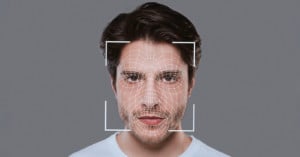
New research has revealed that deepfake attacks using "face swap" technology surged by 704% in 2023.
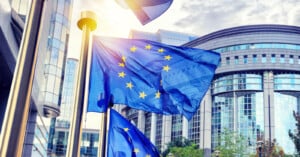
The European Parliament and European Council reached an agreement Tuesday to criminalize sexually explicit deepfakes, an essential legal milestone as artificially generated images flourish.
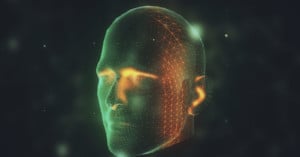
A Hong Kong-based finance worker was scammed into paying $200 million Hong Kong dollars ($25.6 million) to criminals after a virtual meeting with deepfakes.
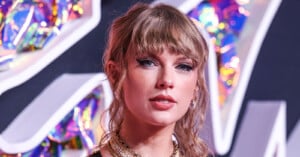
U.S. senators have introduced a bill that would criminalize the spread of nonconsensual deepfake porn -- in direct response to the sexually explicit AI-generated photos of Taylor Swift that went viral last week.